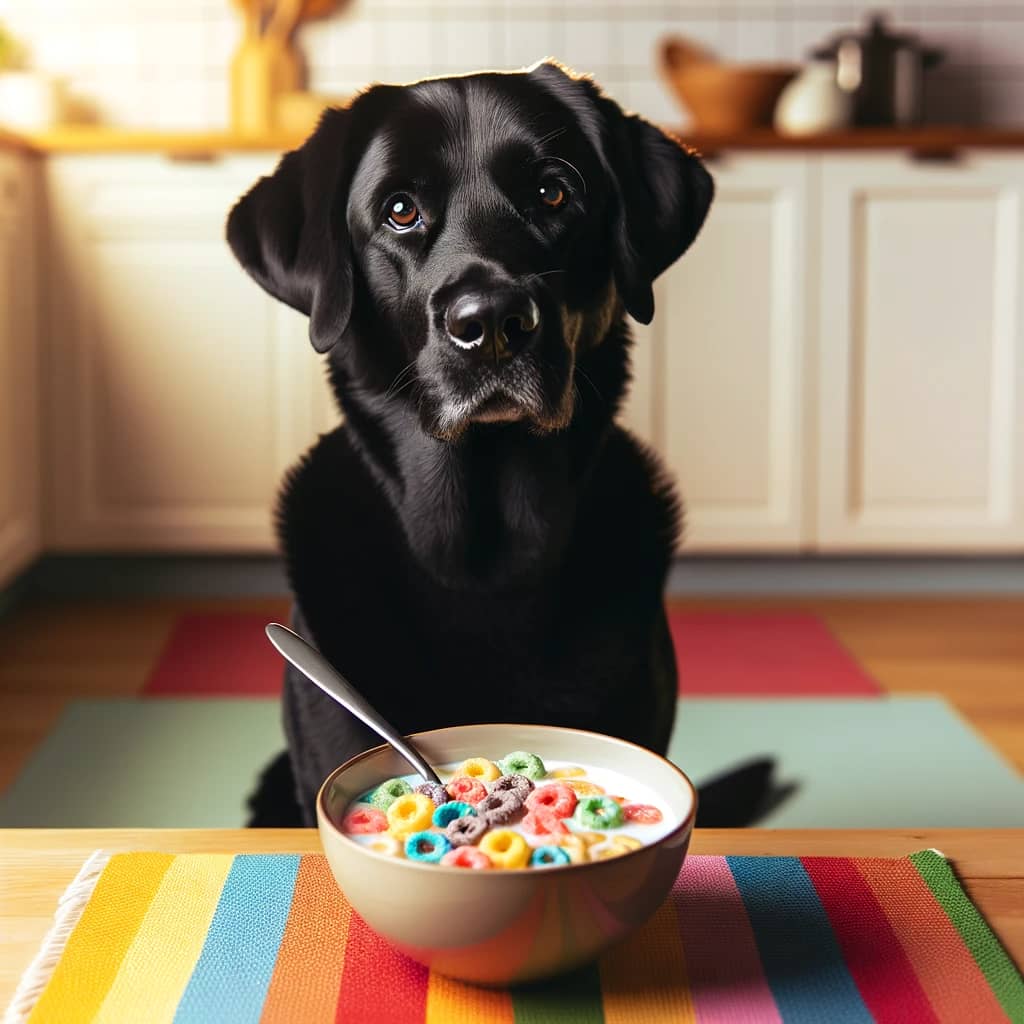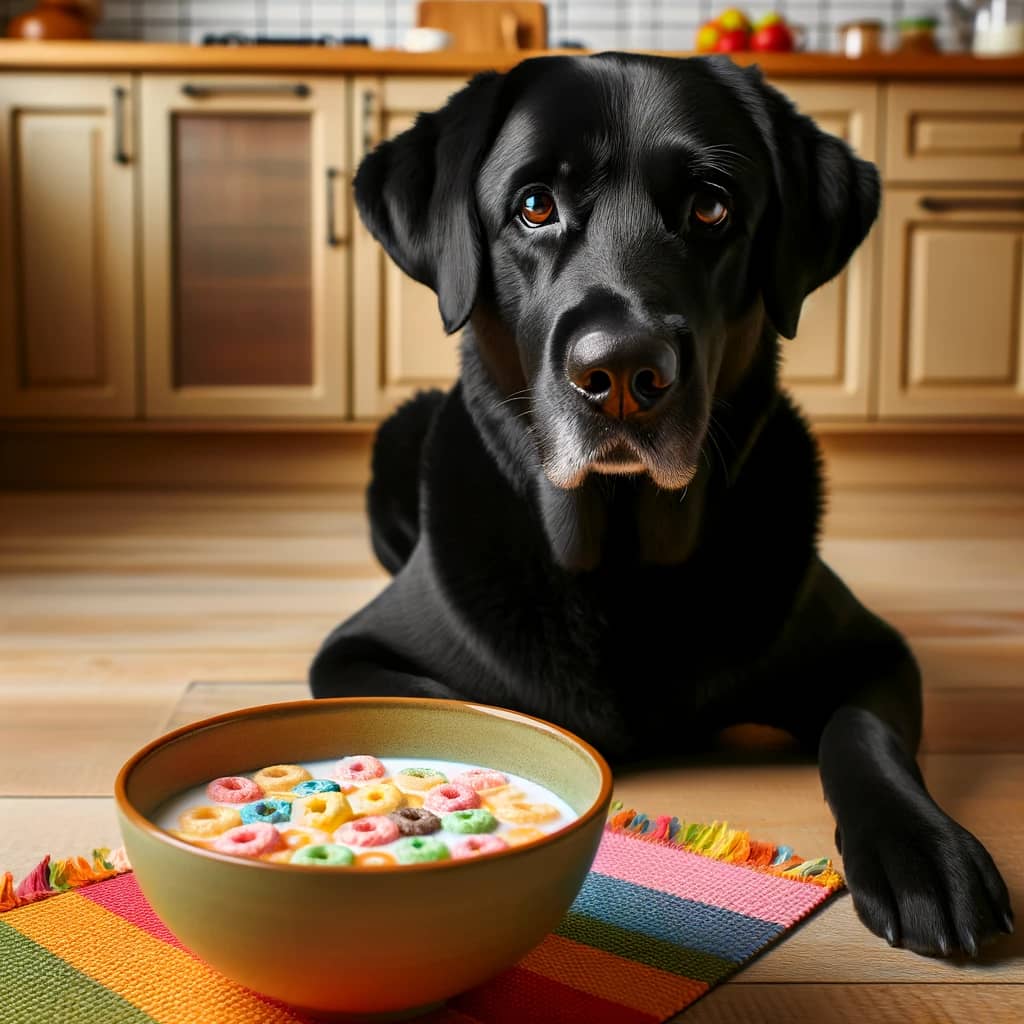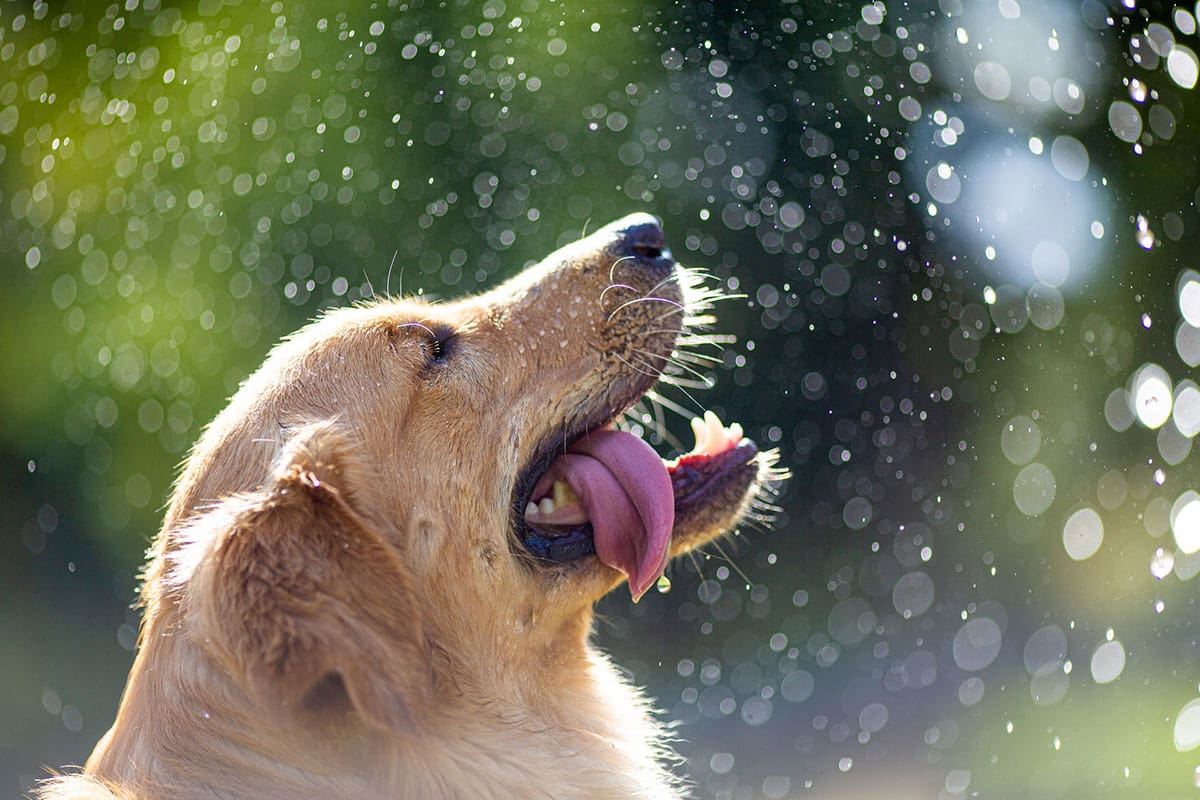Can Dogs Eat Honey Bunches of Oats?
Have you ever found yourself pondering the canine conundrum, can dogs eat honey bunches of oats? It’s a question that tickles the curiosity of many pet parents who wish to share their breakfast favorites with their furry companions. But, as we delve into this topic, it’s crucial to approach it with an understanding that what’s delightful for us might not always be delightful for our dogs.
Table of Contents
A Sweet Inquiry
When it comes to sharing our meals with our four-legged friends, it’s essential to pause and consider the implications. The query, can dogs eat honey bunches of oats isn’t just about a simple yes or no; it’s about understanding the harmony between a dog’s dietary needs and the complex ingredients in our human foods. So, let’s embark on this journey of discovery, shall we?
Navigating the Breakfast Aisle
As we navigate through the breakfast aisle of this discussion, we’ll uncover the layers of ingredients in honey bunches of oats and their effects on our canine pals. With each crunchy bite, we must ask ourselves: are we nurturing their health or unknowingly introducing risks?
Understanding Dog’s Diet
When it comes to our furry friends, every pet owner wants what’s best for their canine companion. A dog’s diet is paramount to their health and longevity, so it’s crucial to understand what foods are safe and beneficial for them. Before we dive into the specifics of honey bunches of oats, let’s chew over the essentials of a dog’s dietary needs.
Can Dogs Eat Honey Bunches of Oats?
Now, you might be pondering, can dogs eat honey bunches of oats? To spoon-feed you the answer: while dogs can nibble on a variety of foods, honey bunches of oats is not the best choice for your pooch. It’s not just about whether they can eat it, but whether they should. This cereal is designed for humans and contains a mix of ingredients that might not align with a dog’s dietary needs.
Let’s break it down: Honey bunches of oats, as the name implies, is sweetened with honey and other sugars. While a tiny lick of honey won’t send your dog to the vet, a bowlful of sugary cereal can lead to obesity and dental issues over time. Moreover, the high carbohydrate content could upset their stomach, especially in dogs with grain sensitivities. So, although a stray oat flake won’t harm your dog, it’s wise to keep the honey bunches of oats in your pantry rather than your pup’s bowl.
As a rule of thumb, the main keyword here is moderation. The occasional oat flake might be okay, but honey bunches of oats shouldn’t be a staple in your dog’s diet. Aim for a balance, keeping treats under 10% of their daily intake, and you’ll be barking up the right tree.
Remember, every dog is unique, and what works for one may not work for another. It’s always best to consult with your vet before introducing any new food into your dog’s diet. They can provide personalized advice based on your dog’s health, breed, and lifestyle.
The Ingredients of Honey Bunches of Oats
When considering can dogs eat honey bunches of oats, it’s crucial to delve into the cereal’s pantry. Honey Bunches of Oats is a popular breakfast choice among humans, but what’s inside this box could be a Pandora’s box for our furry friends.
How These Ingredients Affect Dogs
Let’s unpack the ingredient list, shall we? At first glance, we see whole grain oats, sugar, and corn flakes. Whole grain oats are generally safe for dogs in moderation, offering dietary fiber and essential nutrients. However, the sugar content can be a red flag. Dogs metabolize sugar differently than humans, and too much can lead to obesity, dental issues, or even diabetes.
Moreover, corn flakes might seem harmless, but they’re often processed and lack the nutritional value dogs need. But wait, there’s more. Honey Bunches of Oats also contains honey, which might sweeten the deal for taste buds but can be problematic for dogs with delicate stomachs.
Let’s look at a breakdown of the nutritional content:
| Ingredient | Effect on Dogs |
|---|---|
| Whole Grain Oats | Safe in moderation, provides fiber |
| Sugar | Can cause obesity, dental problems |
| Corn Flakes | Low nutritional value |
| Honey | Potential stomach upset |
Considering these ingredients, the verdict isn’t straightforward. While a morsel here and there might not cause immediate harm, the long-term effects of sugars and processed grains can be detrimental to a dog’s health. It’s essential to consult with a veterinarian before sharing your breakfast bowl.

Alternative Foods for Dogs
When it comes to treating our furry friends, we often wonder if what’s in our pantry is safe for them. While honey bunches of oats might be tempting to share, let’s pivot to some healthier, dog-friendly alternatives that will keep your pup’s tail wagging without the worry.
Fruits and Veggies: Nature’s Treats
Did you know that many fruits and vegetables are not only safe for dogs but are also packed with vital nutrients? For instance, carrots are excellent for your dog’s teeth, while blueberries are rich in antioxidants. Here’s a quick list of dog-approved produce:
- Carrots: Great for dental health
- Blueberries: Full of antioxidants
- Apples: (without seeds) Provide fiber and vitamins
- Pumpkin: Aids in digestion
Lean Meats: Protein Power
Protein is a cornerstone of a dog’s diet, and lean meats such as chicken, turkey, and beef are superb sources. Always ensure the meat is cooked and free from bones and excess fat. Here’s a breakdown:
| Meat Type | Protein Content |
|---|---|
| Chicken | 31% |
| Turkey | 29% |
| Beef | 26% |
Specially Formulated Dog Foods
Sometimes, the best option for your dog is a high-quality commercial dog food formulated to meet their specific dietary needs. These foods are designed to provide a balanced diet with the right mix of protein, carbohydrates, and fats.
Homemade Dog Treats
If you’re feeling creative, why not whip up some homemade dog treats? They’re fun to make, and you can control exactly what goes into them. Simple recipes can include ingredients like oatmeal, peanut butter (xylitol-free), and mashed banana.
Safe Grains for Dogs
While honey bunches of oats might not be the best choice, some grains are perfectly safe for dogs in moderation. Brown rice and whole wheat can be good sources of energy and fiber. Just remember, grains should not be the mainstay of their diet.
Conclusion
When it comes to sharing your breakfast bowl with your furry friend, the question of “can dogs eat honey bunches of oats?” isn’t just about a simple yes or no. It’s about understanding the nuances of canine nutrition and how certain human foods fit into it. So, let’s crunch down to the final verdict.
After sifting through the ingredients, weighing the pros and cons, and considering expert advice, the consensus seems to lean towards caution. While a small spoonful of this cereal won’t likely send your dog to the vet, it’s not the ideal treat for your pooch. Honey bunches of oats contain sugars and grains that, in excess, could lead to health issues like obesity and dental problems in dogs.
Moreover, the presence of additives and the potential for chocolate or raisin varieties—which are toxic to dogs—add layers of risk. Remember, the dietary needs of dogs are vastly different from ours. They thrive on balance and consistency, and their treats should support that harmony.
In light of these reflections, it’s better to stick to dog-specific treats or safer human food alternatives. After all, our canine companions rely on us to make the best choices for their health and well-being. So, while sharing is caring, when it comes to honey bunches of oats, it’s a gesture of love to say no.
Always consult your veterinarian before introducing new foods into your dog’s diet. They can provide personalized advice based on your dog’s unique health profile, ensuring that every tail wag is a sign of vitality and joy.
Frequently Asked Questions (FAQs)
Is honey safe for dogs to eat?
In moderation, honey can be safe for dogs to eat. It’s a natural source of sugars and small amounts can be a sweet treat for your furry friend. However, too much sugar can lead to obesity or dental issues in dogs, just like in humans. Also, puppies and dogs with compromised immune systems should avoid honey due to the risk of botulism spores. Always consult your vet before introducing new foods into your dog’s diet.
What grains can dogs safely consume?
Answer: Dogs can safely consume a variety of grains like rice, barley, and oats. These grains should be cooked to make them easier to digest. Whole grains are preferable as they provide more nutrients and are less processed. However, some dogs may have grain allergies or sensitivities, so it’s important to monitor your dog’s reaction to new grains and consult with your vet for personalized advice.
Can dogs have cereal?
While dogs can technically have some types of cereal, it’s not the most nutritious option for them. Cereals often contain sugar and artificial ingredients that are not ideal for your dog’s health. If you do give your dog cereal, make sure it’s plain and free from chocolate or xylitol, which are toxic to dogs. A better option would be a vet-approved dog food that’s tailored to their nutritional needs.
What human foods are toxic to dogs?
There are several human foods that are toxic to dogs, including chocolate, grapes, raisins, onions, garlic, xylitol (found in sugar-free products), and alcohol. These foods can cause various health issues from digestive upset to more serious conditions like kidney failure or poisoning. Always keep these foods out of your dog’s reach and be mindful of what scraps you’re tossing their way.
How can I provide a balanced diet for my dog?
Providing a balanced diet for your dog involves a mix of protein, carbohydrates, fats, vitamins, and minerals. Commercial dog foods are formulated to meet these nutritional needs, but if you’re considering homemade meals, it’s essential to consult with a vet or a canine nutritionist. They can help you create a balanced meal plan. Remember, each dog is different, and factors like age, breed, and activity level can influence their dietary requirements.
Further Reading and Resources
If you’re looking for more information on what’s safe for your dog to eat or how to provide a balanced diet, here are a couple of resources you might find helpful:





